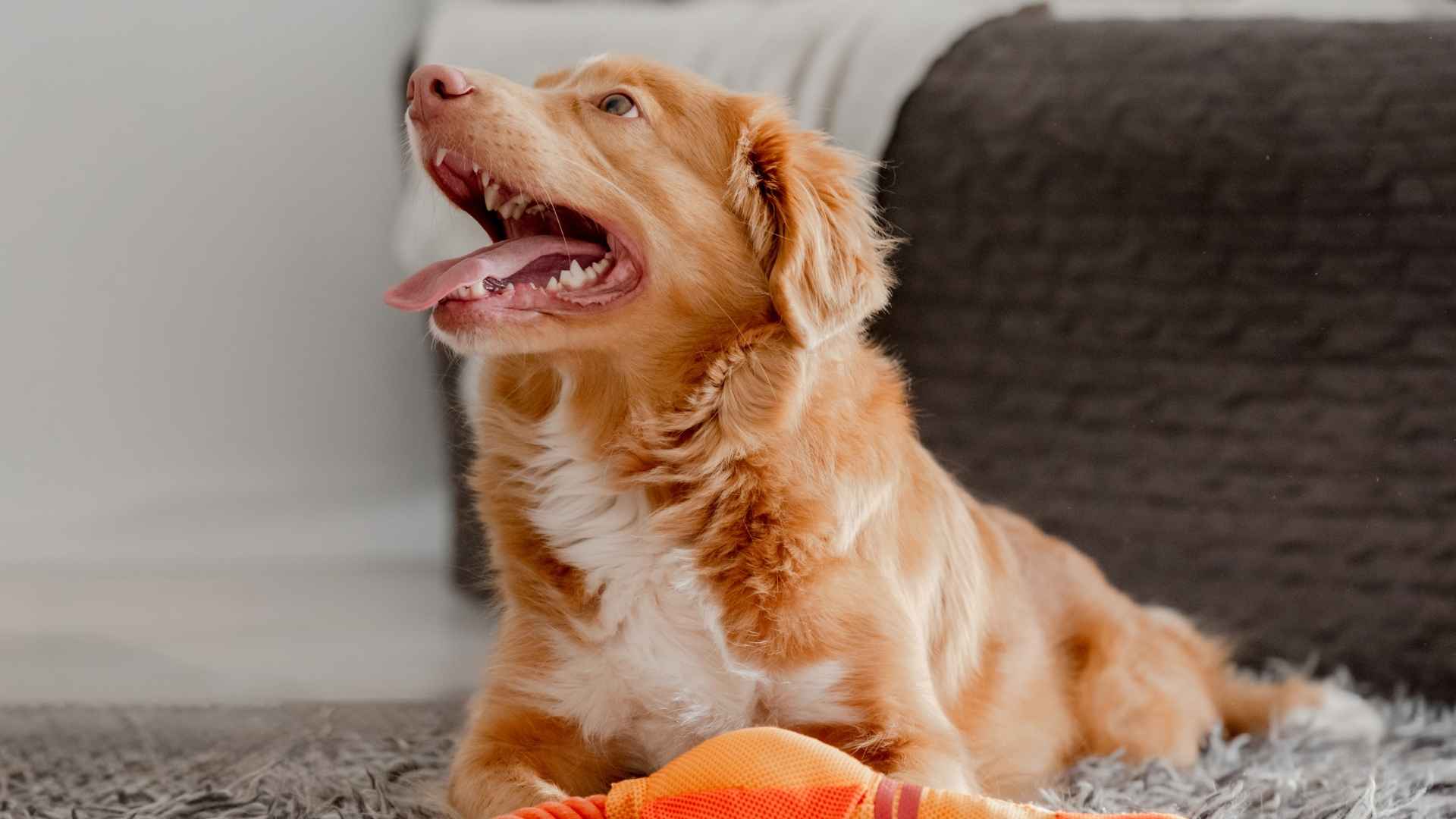Did you just touch my toy? Oh, you better not…
Some dogs bark at the doorbell. Some bark at the squirrels. But then you have some extra possessive fluffballs, some dog breeds that bark when their toys are taken!! They will throw a fit if you look at their toy wrong. These dogs play, but they also guard their prized possessions like they were the last chicken on earth.
If your dog goes from tail-wagging happy to full-volume bark mode the second their favorite toy disappears, we get you. There are dog breeds that bark when their toy is taken as if this were a personal betrayal. We have compiled nine such dramatic puppies who just cannot keep quiet when toy time is threatened.
Dog Breeds That Bark When Their Toys Are Taken
1. Beagle
Key Traits:
Loud, distinctive bark or bay
Possessive over food and toys
Easily upset when playtime is interrupted
Beagles are nose-first detectives with one big opinion about their stuff. Mind you, they have a loud bark and bay which can reach up to 100 decibels. The American Kennel Club regards them as the most vocal breed.
They were originally bred to track small animals with their incredible sense of smell. But today, many owners know them as the neighborhood “announcers.” Take away their toy, and you will hear about it. These dogs are social animals, but also stubborn dogs.
They don’t bark randomly; they are kinda saying this, “Excuse me, I was not done with that!” Beagles are excellent hunting dogs, and they need plenty of mental stimulation and enough exercise to curb their barking. But toy time, hmm, that’s sacred.
2. Jack Russell Terrier
Key Traits:
Hyper-alert and super reactive
Territorial over toys and space
Prone to possession aggression
Small body, big bark, and even bigger attitude. AKC mentions them as intuitive, alert, friendly, upbeat, and lively. These Terriers act like they are guarding something very precious when it comes to their favorite toy.
Try taking it… cue the growling, barking, and a possible case of a dog’s body language that screams, “Back off!”
They were originally bred as working dogs to hunt foxes and vermin. That’s why Jack Russells have a strong sense of ownership and mission. To them, toys are not just for fun; they are for victory.
3. Chihuahua
Key Traits:
Feisty and outspoken doggie
Loud bark despite being a small-sized dog
Easily gets upset over minor changes
The toy is three times their size. But guess who’s in charge? The small but mighty Chihuahua. Most dogs might pout if you take away their toy. But if you have any type of Chihuahua as your best partner, they might make it a whole production.
These tiny pups can bark, growl, and even shake when they get upset. Separation anxiety and intense loyalty mean they do not take lightly to losing their favorite new chew companion.
They might not win a tug of war with a Golden Retriever, but they will bark like they could and get aggressive like they could win a war.
4. Dachshund

Key Traits:
Stubborn dogs are very serious about their territory
Loud bark for their strange size
Independent and fierce
Sausage-shaped funny-looking doggies, but loud enough to fill a house with sound. They were originally bred to hunt badgers (yes, really), and they have a surprising amount of bravery packed into their short legs. That toy you see … it’s theirs. Don’t touch it. They earned it.
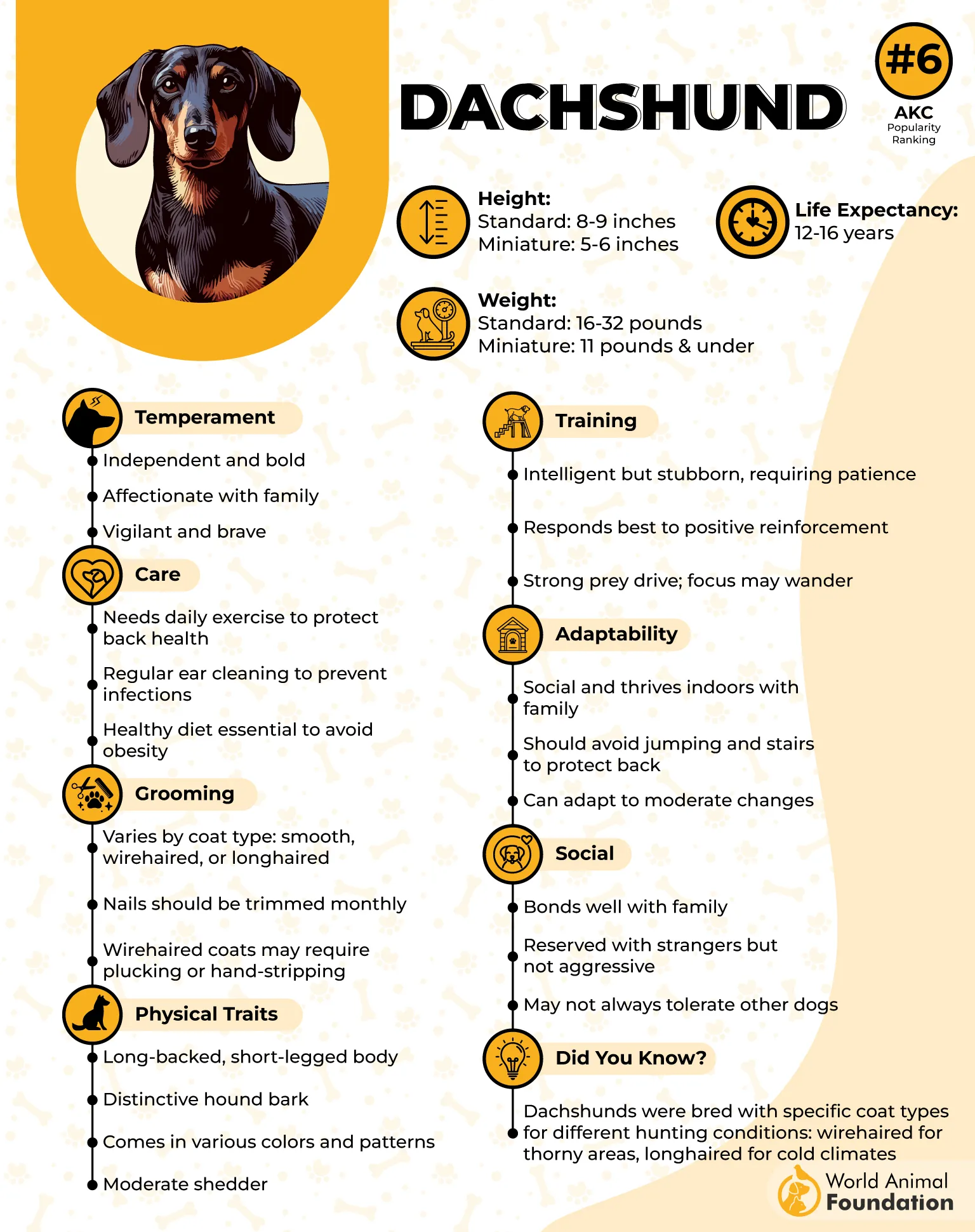
Dog barking is how they protest when it disappears, and they have no problem barking at other dogs who dare come near. Purina notes they are prone to excessive barking as well when things do not go their way.
Possession aggression is not uncommon in the breed. So training and understanding this dog’s behavior is the key to keeping it happy.
5. Miniature Schnauzer
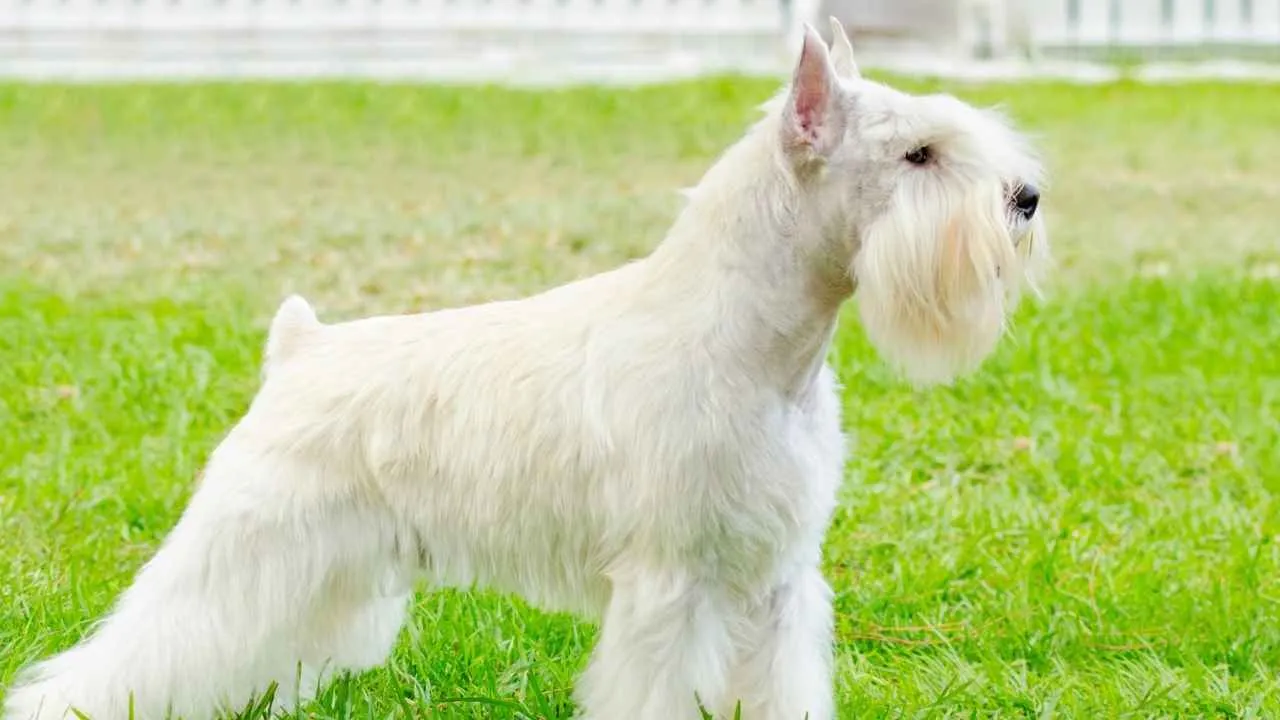
Key Traits:
Vigilant and expressive dogs
Quick to react to changes
Needs lots of social time
Mini Schnauzers are highly intelligent, active, and alert dogs. Basically, they are the dog version of that one neighbor who always knows everything going on in the neighborhood. If they notice a toy missing, they will alert the whole household.
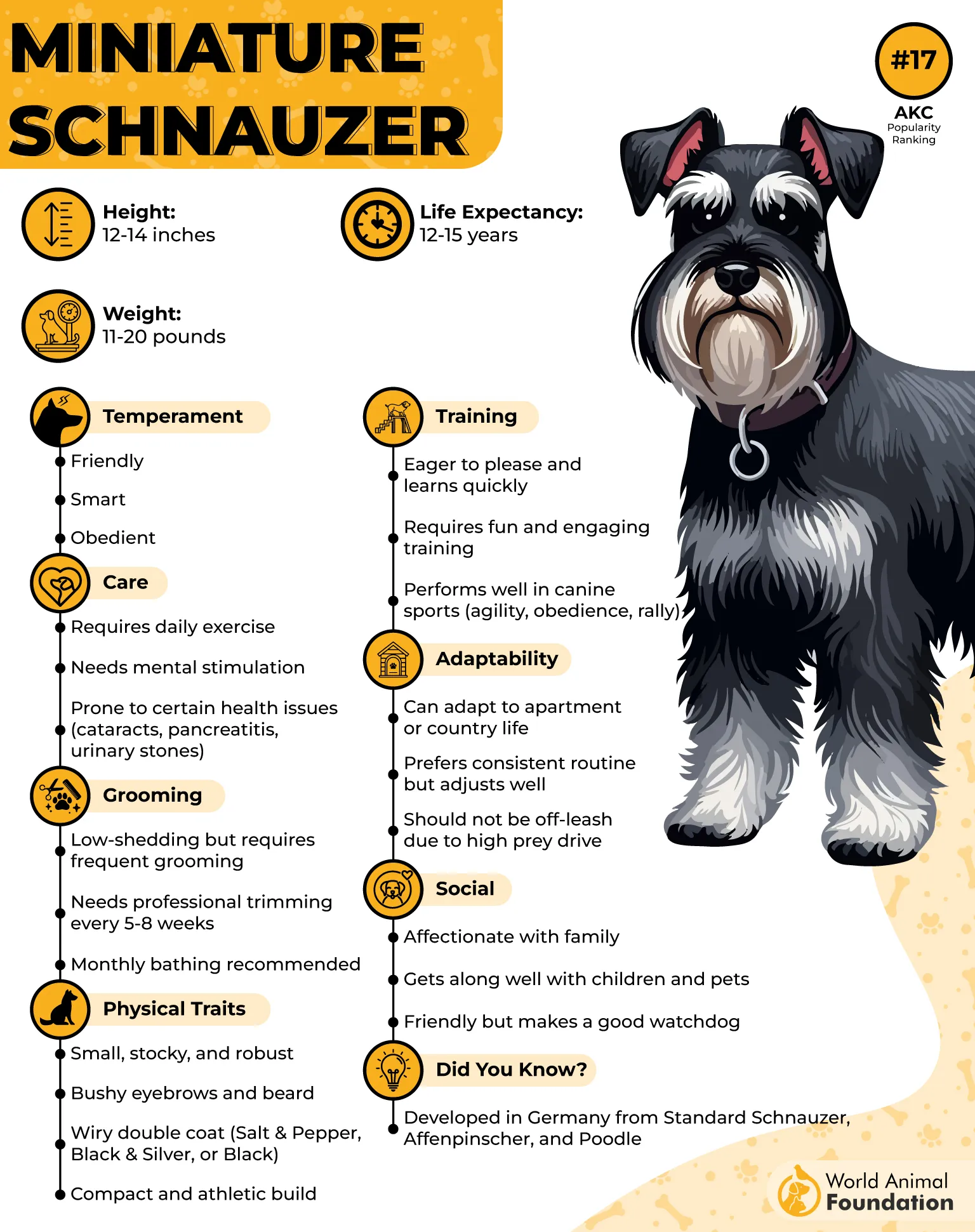
This breed thrives on mental stimulation and engagement. PetMD mentions that if you do not provide it, they bark. And bark. And bark.
Their toys are part of their daily structure. Remove one, and you have officially disrupted their lifespan.
6. Shetland Sheepdog

Key Traits:
Incredibly loyal and vocal
Classic herding breed behavior
Great at reading body language
Pretty, polite, and …. oh wait, did someone say “mine”?
Shetland Sheepdogs (or “Shelties”) are one of the smartest herding breeds around. But when a toy disappears, don’t think they would only bark. They announce it like a doggy town crier. A-Z Animals notes that their classic behavior when they are not happy is chasing, nipping, and barking. A lot of it. Their instincts kick in, and they try to control the situation.
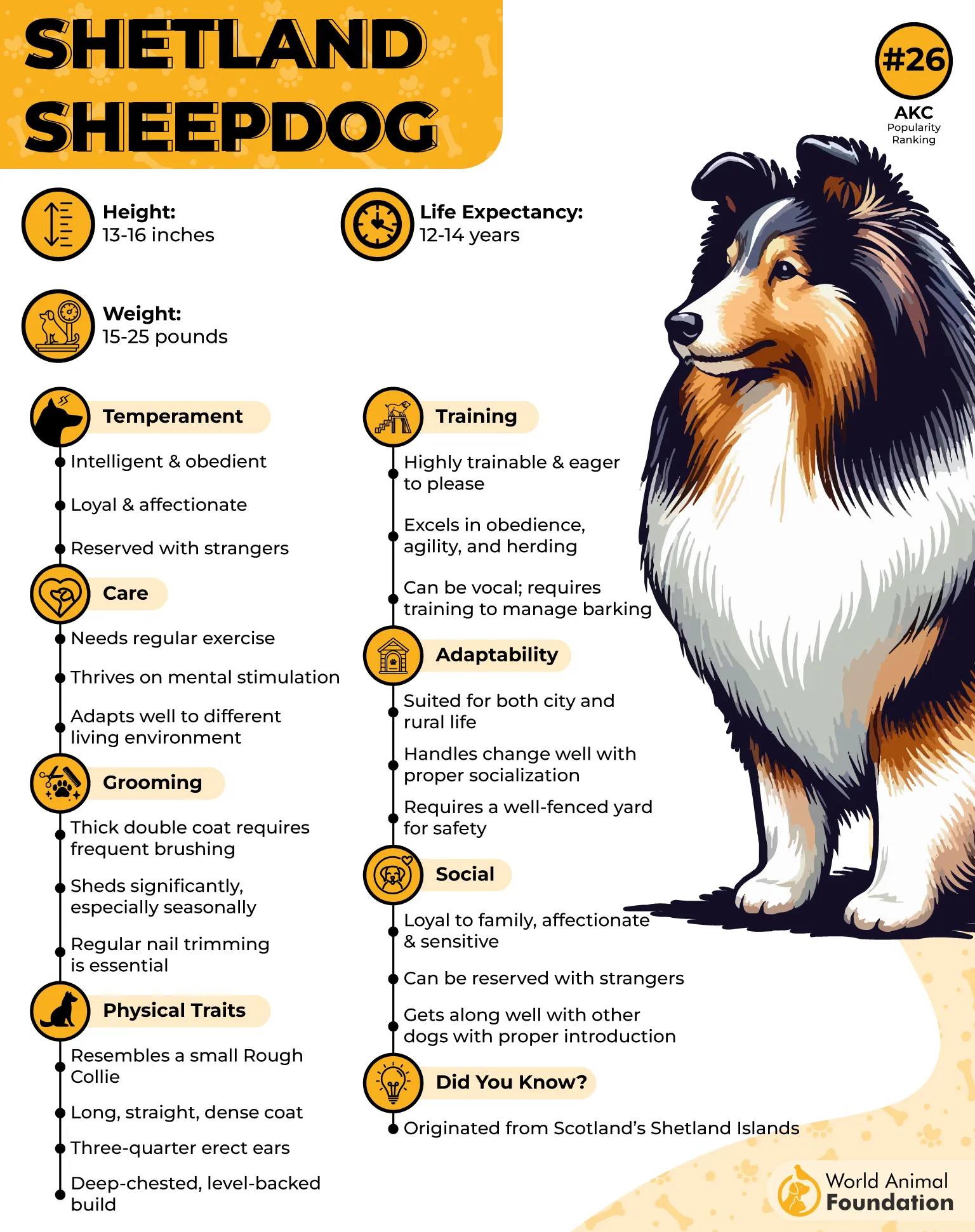
And how do they do that? By herding other animals, kids, or even their humans back into order. And yes, they will protest the stolen toy situation loudly.
7. Siberian Husky
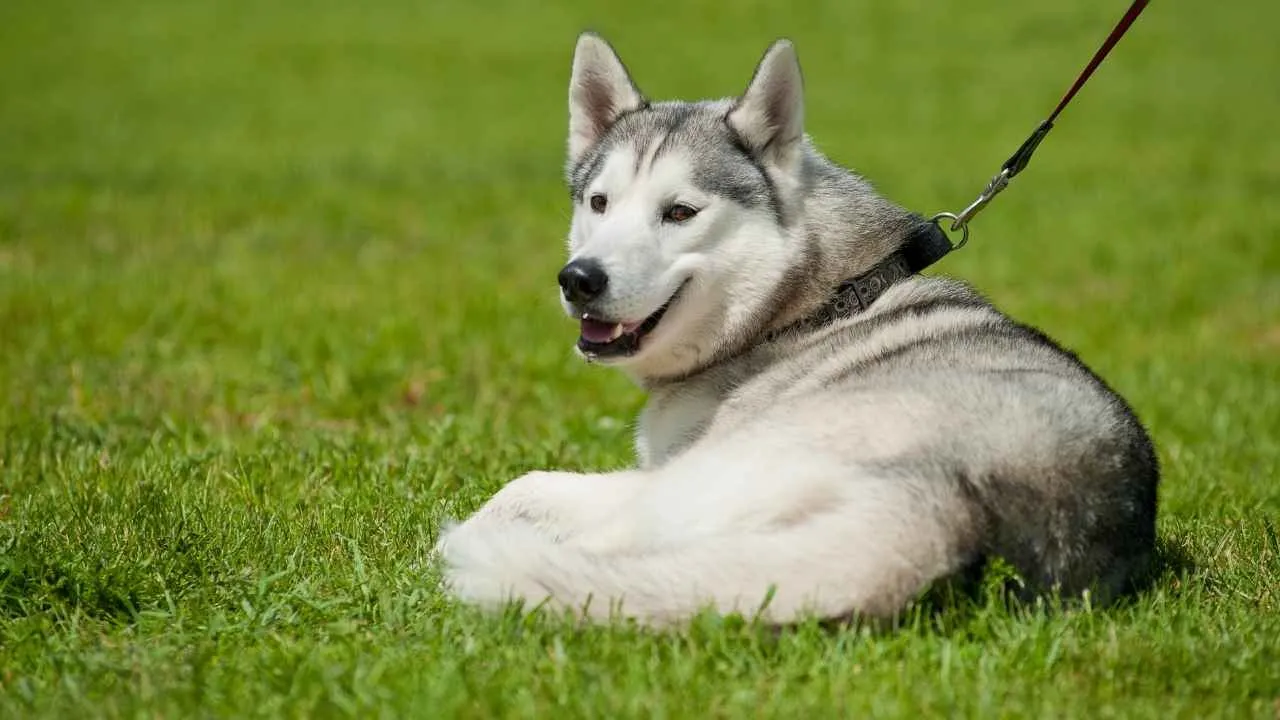
Key Traits:
Highly vocal and dramatic
Notorious howlers and talkers
Love a certain structure and consistency
You did not take their toy. You committed a betrayal and hurt. Now, watch out for their good behavior. Or not. Siberian Huskies are the drama queens of the dog park. Take their toy, and they will launch into a full-scale monologue that sounds like a mix between a wolf and a toddler throwing a tantrum.
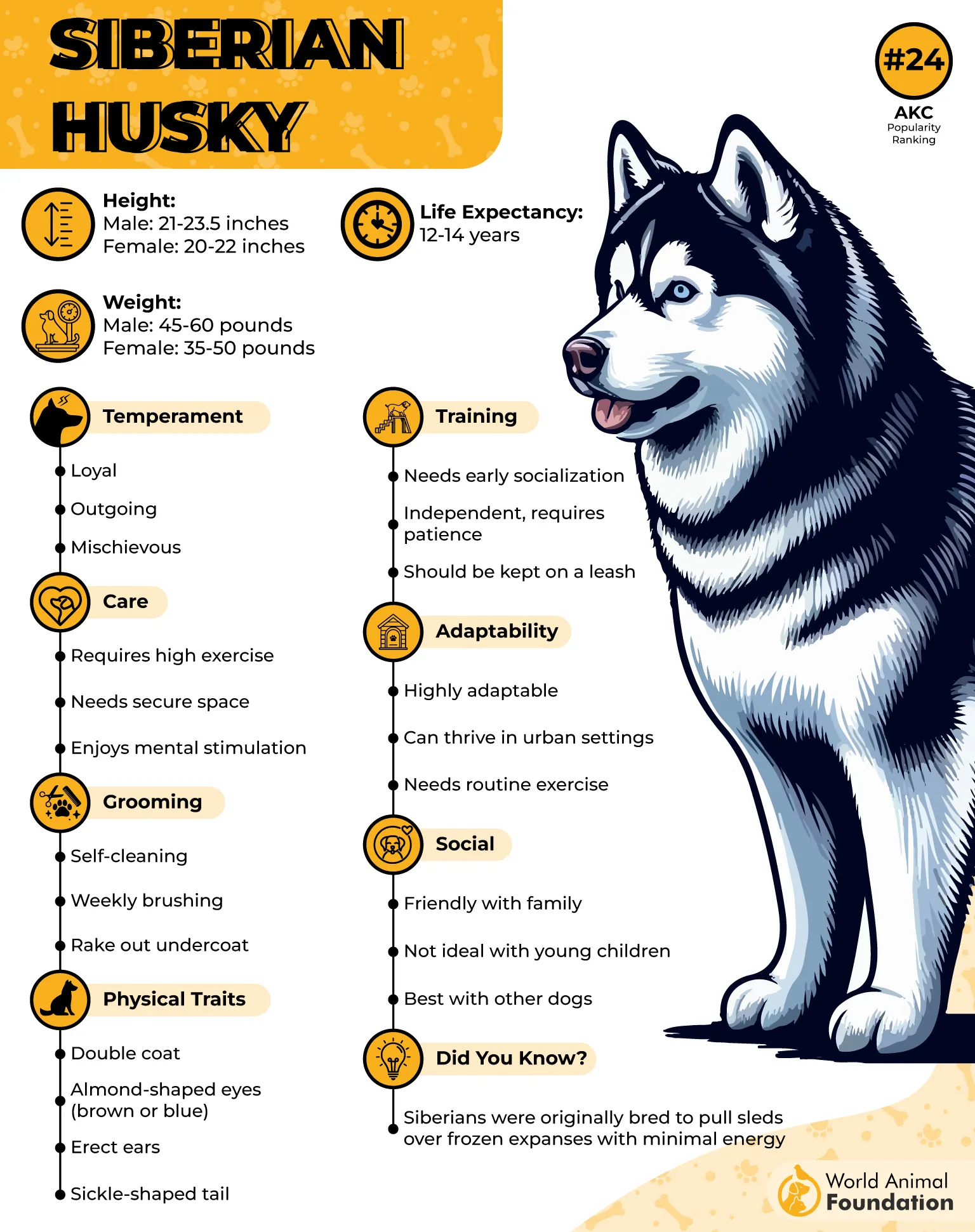
Britannica mentions they are graceful and strong working dogs from Siberia. They were originally bred to pull sleds over long periods in the snow. It means they thrive with a purpose and get frustrated when that purpose is removed. Even if that purpose is guarding a plushie.
8. Yorkshire Terrier

Key Traits:
Prone to excessive barking
Strong sense of territory
Easily over-stimulated
This little toy-kind breed has a serious vocal heat. Yorkies are cute. No doubt. But take their toy, and you will hear them go from 0 to 100 real fast. They have little dog syndrome and will bark at other dogs, humans, or literally the wind if it looks a bit sketchy.
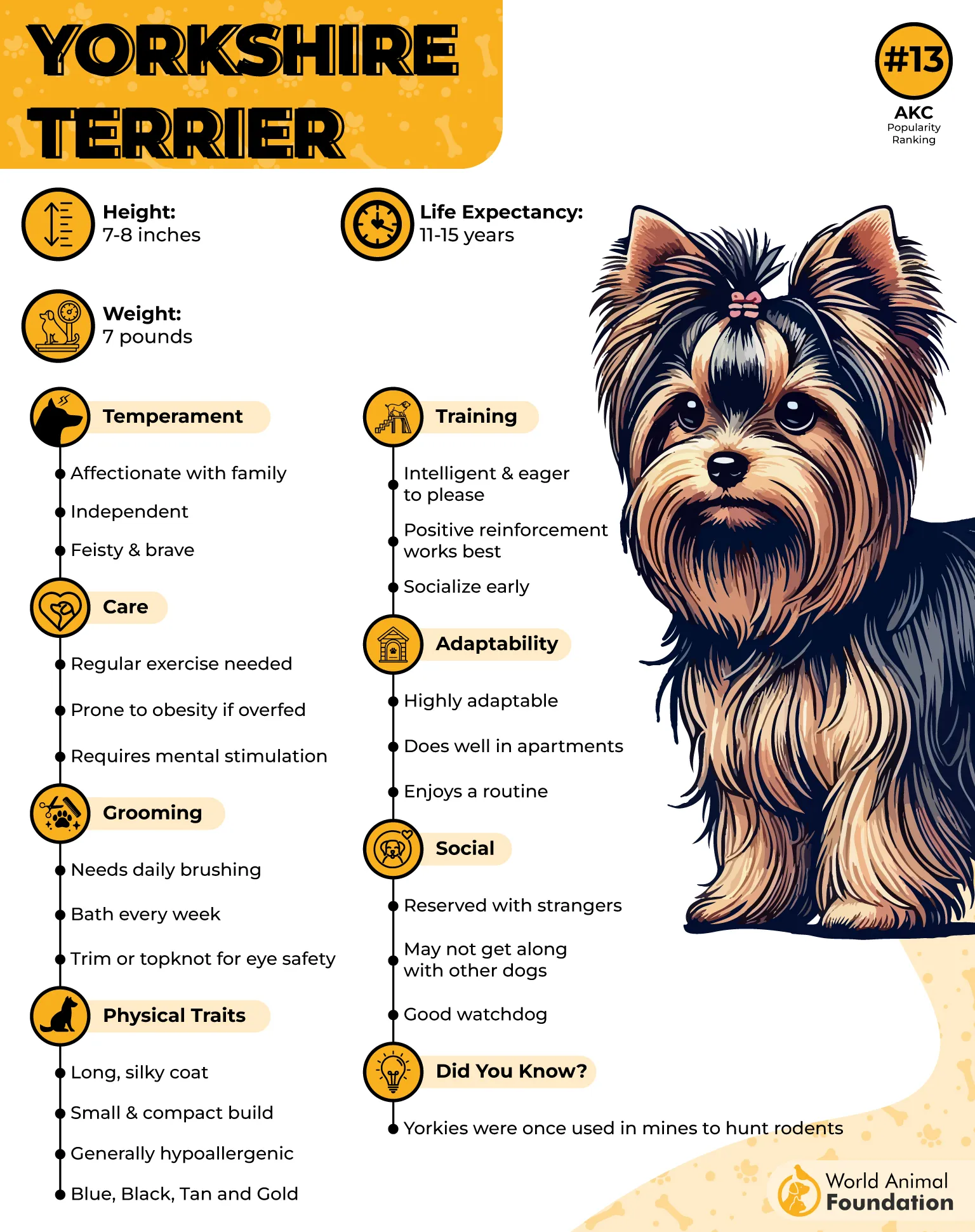
Yorkies often struggle with good behavior if not properly trained and exercised. PetPlan mentions they need outdoor and indoor activities and 30 minutes of exercise daily with their person to stay stimulated.
That high energy has to go somewhere, and it usually travels straight to their vocal cords. So, keep an eye out.
9. West Highland White Terrier
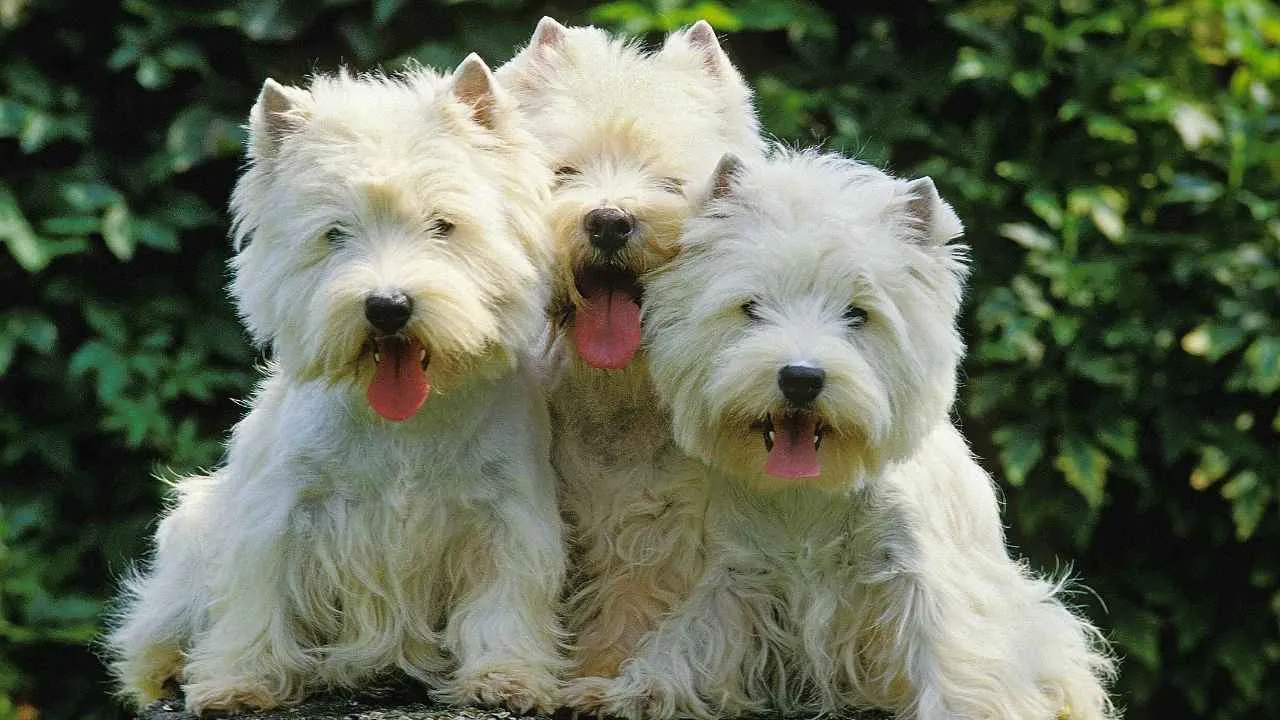
Key Traits:
Confident and vocal
Needs consistency and structure
Sensitive to changes in routine
This dog likes to be in whining mode if you make them unhappy or if they are in fear. Though many dogs can handle their toy getting taken away, Westies tend to get visibly concerned.
You will see the ears perk up, the head tilt, and then the bark, and they might even get loose. Sometimes, it is not even a bark. It could be a grumble, a growl, or even a full-on lecture.
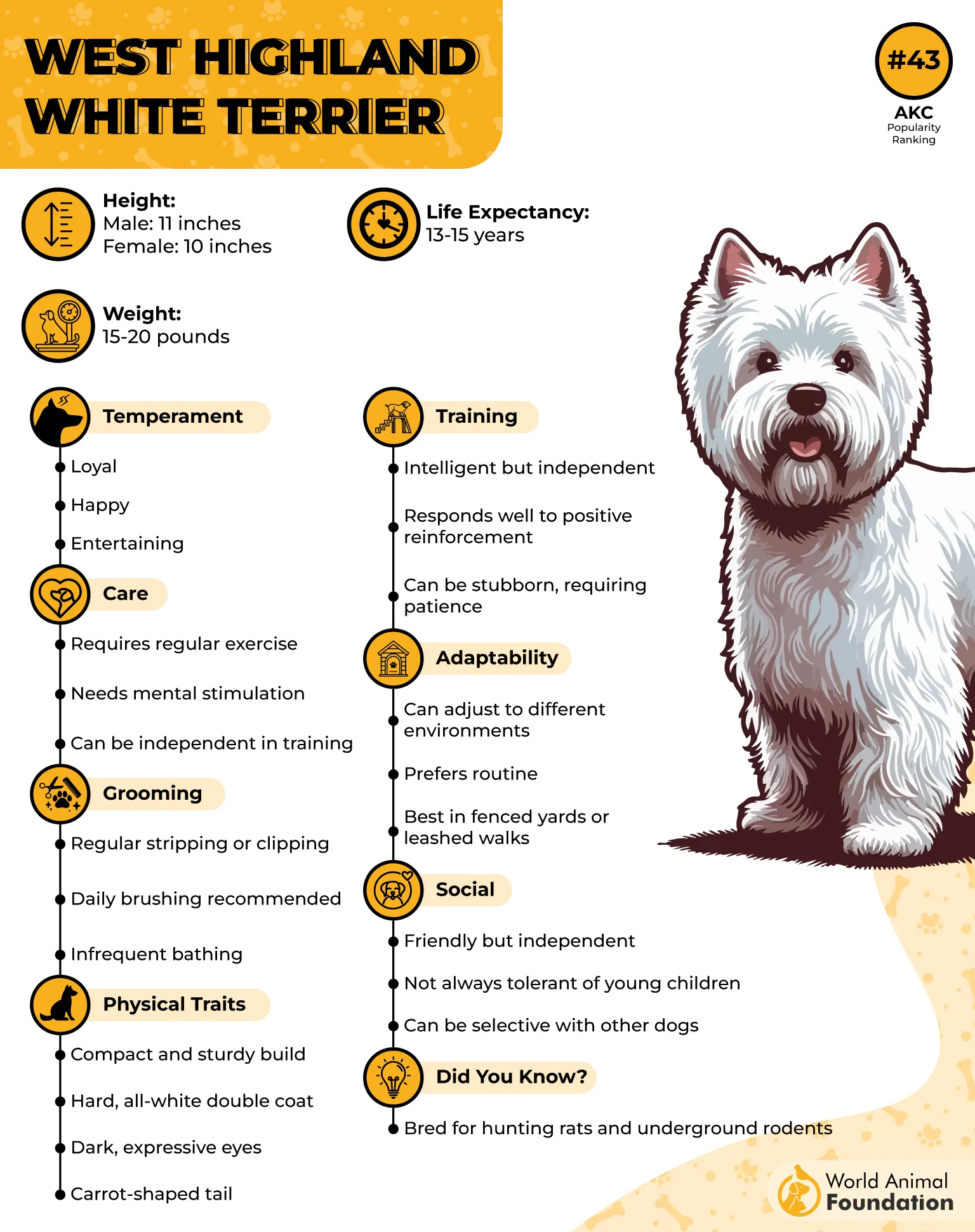
They are territorial, yes. But they are also deeply devoted to the sight of their humans and are mostly affectionate dogs. So when their toy disappears, their little world just feels a bit off, almost as if they are in pain. They love to hold on to the good things.
Conclusion
Many dogs benefit from training, healthy boundaries, lots of stimulation, and professional trainers. Give them structure, understand your dog’s body language, the signs of calm and trouble, and don’t forget to let them win the toy battle once in a while.
For these dramatic barkers, the toy is not just a toy; it is one thing that brings them joy. It’s pride. It’s their story to tell… loudly. Talk to them. They are a thing of wonder and happen to be your friend. Give them treats if they are upset.
And honestly… that’s kind of adorable.


